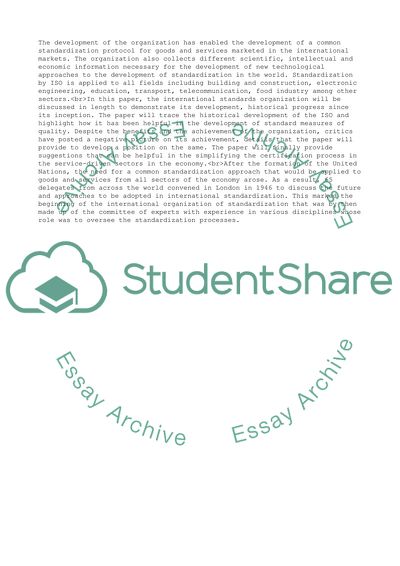Cite this document
(History and Purpose of ISO 9001 Certification Assignment, n.d.)
History and Purpose of ISO 9001 Certification Assignment. Retrieved from https://studentshare.org/business/1814791-history-and-purpose-of-iso-9001-certification
History and Purpose of ISO 9001 Certification Assignment. Retrieved from https://studentshare.org/business/1814791-history-and-purpose-of-iso-9001-certification
(History and Purpose of ISO 9001 Certification Assignment)
History and Purpose of ISO 9001 Certification Assignment. https://studentshare.org/business/1814791-history-and-purpose-of-iso-9001-certification.
History and Purpose of ISO 9001 Certification Assignment. https://studentshare.org/business/1814791-history-and-purpose-of-iso-9001-certification.
“History and Purpose of ISO 9001 Certification Assignment”, n.d. https://studentshare.org/business/1814791-history-and-purpose-of-iso-9001-certification.


